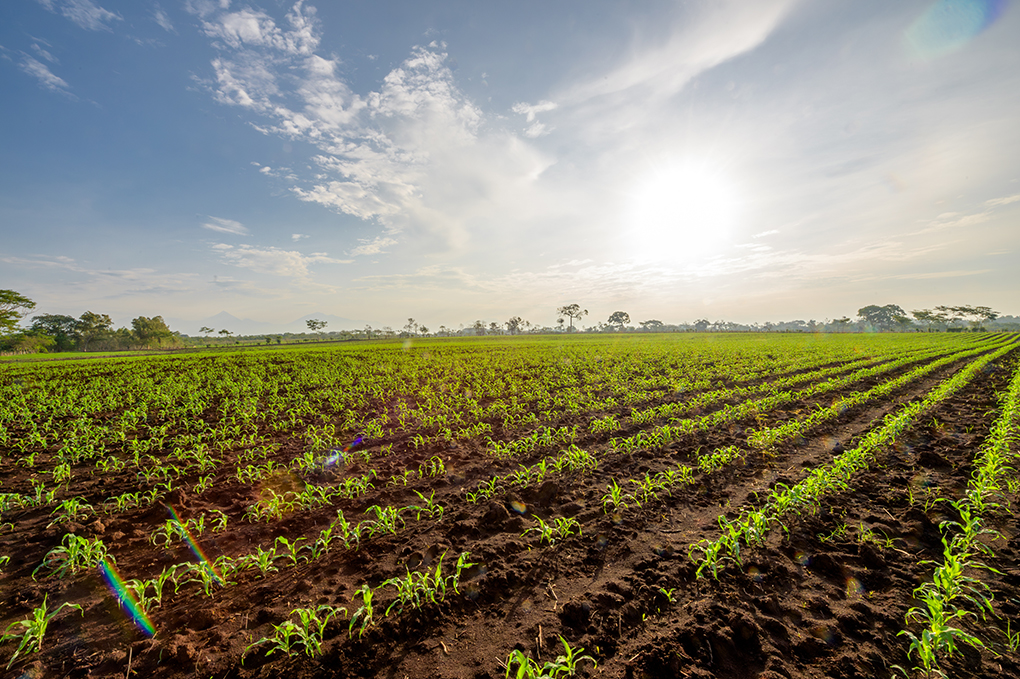Alabama farmers increase corn acreage according to report
Published 4:07 pm Thursday, April 10, 2025

- Alabama Farmers will increase corn acreage according to 2025 prospective plantings report. File photo
Fields of towering corn stalks will be more plentiful across the state this year compared to 2024, according to the 2025 Prospective Plantings Report, released March 31. The report showed Alabama farmers will plant more acres of peanuts but fewer acres of soybeans and cotton. Farmers in the state are also expected to harvest more acres of winter wheat later this spring.
Alabama Cooperative Extension System Economist Wendiam Sawadgo said this report provides important information for understanding the 2025 crop year.
“Now, we have solid numbers to estimate possible production and future commodity prices,” Sawadgo said. “All of us are curious about the future, especially our farmers. When they put a seed in the ground today, they are trusting the crop will be worth enough to sustain their farm after it is harvested.”
Trending
Making Planting Decisions
Sawadgo said the numerous factors that drive planting decisions can be divided into two broad categories.
“Typically, farmers are balancing agronomic and economic considerations,” he said. “In the short-term, it’s important to have good estimates about economics — what it costs to grow a crop and the market prices that farmers could receive for those commodities. In the long-term, farmers are thinking about agronomics, including crop rotations that will work best for things like pest control and optimum yields.”
Alabama, National Numbers
The report projected Alabama farmers would grow 330,000 acres of corn, a 22% increase compared to last year. Across the country, farmers are following the same trend as corn is predicted to be planted on 95.3 million acres, an increase of 5% over 2024.
In Alabama, peanut acreage is expected to increase 3% to 195,000 acres. For the fourth year, national peanut acreage is expected to increase as farmers plant 1.95 million acres of the legume.
Alabama farmers buck the national trend with wheat. While the report projected a 2% decrease in wheat acreage across the country, Alabama planted 5% more acres of winter wheat in fall 2024.
Fewer fields in Alabama will be planted in soybeans and cotton with respective anticipated decreases of 14% and 10%. That follows a national trend of 4% fewer acres of soybeans and 12% fewer acres of cotton.
“The report was in line with what we heard from farmers during Extension crop production meetings across the state earlier this year,” he said. “With input prices being very high for the last three years, it seems economic factors are the major driving force behind this year’s planting decisions. Market prices are looking a bit better than last year for corn and have been relatively good for peanuts. They have been down somewhat for wheat and soybeans. Cotton prices are down quite a bit below estimated production costs.”
Moving Forward
Following the report, Sawadgo said farmers should monitor commodity prices while developing a marketing plan that incorporates risk management.
“The prices we see today are a good target to shoot for through the crop year,” he said. “One somewhat traditional marketing plan is to split your anticipated crop into thirds. Before planting, book a third of it with your grain elevator at the current commodity price. Then, sell another third after it’s been planted and the final third after harvest. No matter your marketing plan, you need to know your production costs so you can make better decisions on when to sell and what prices are needed to be profitable.”
The U.S. Department of Agriculture’s National Agricultural Statistics Service (NASS) is responsible for the Prospective Plantings Report, released annually in March. This year’s report was based on responses from more than 73,000 U.S. farmers, including 754 in Alabama. Every year, NASS releases the Acreage Report in June to update data projections with actual planted land.


